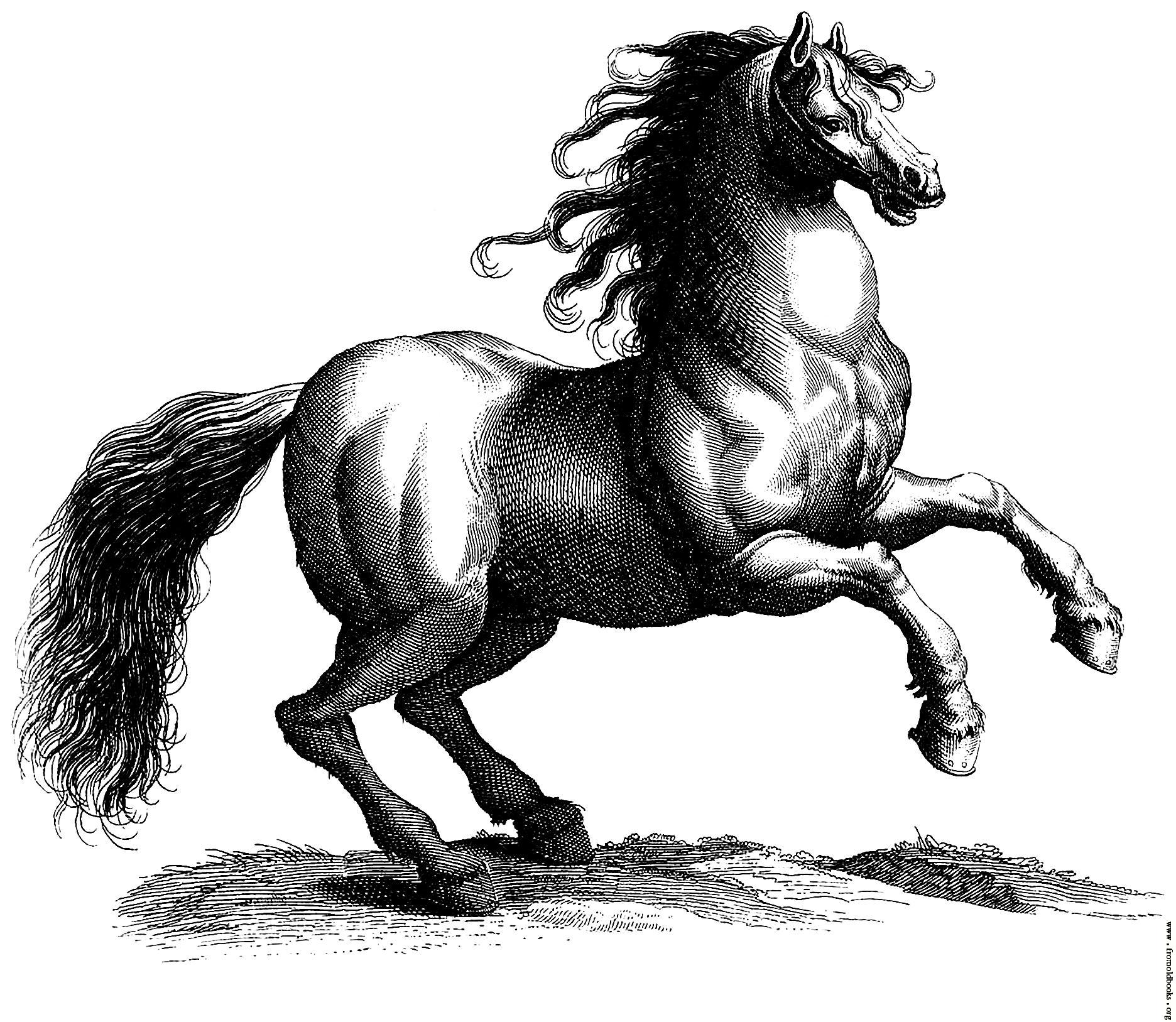In 1859, The Curiosities of Food was published in London by Peter Lund Simmonds. Simmonds joined other Londoners at that time, such as George Dodd, author of The Food of London, in a quest to understand food at home and abroad. By then, four hundred million people had been added to the British Empire, each nation bringing a food culture that seemed exotic to the ordinary Victorian. Simmonds wrote the first truly global account of food, one that reflected a fascination with all things foreign.
Following in the tradition of Victorian publishers, the title continues: Or The Dainties and Delicacies of Different Nations Obtained From The Animal Kingdom. The book is rich with information, anecdotes, and literary allusions to all kinds of fleshy ingredients, from fish to horses.
Some of the food is hard to stomach. Simmonds is conscious of the thin line between food that evokes nausea and food that indulges the most indulgent gastronome. Horsemeat is an example of food that can delight a Frenchman but disgust a Briton. His chapter about horsemeat reveals his dry British humor. “At Paris, where all eccentricities are found, and even encouraged … horsemeat was all the rage.” Simmonds reflects upon his inclusion of the animal’s flesh in his book by wondering if soon Londoners would soon be requesting “A piece o’ horse, my kingdom for a piece of horse.”
Even more amusing is his observation that horsemeat had been sold as other types of meat, such as venison, in restaurants, presaging last year’s discovery that beef sold at a Tesco’s supermarket in the UK had been processed with horsemeat. Simmonds laments the practice of selling beef in disguise and described the then popular technique of “blowing the meat,” the practice of inserting a tube into a piece of meat in order to blow air into the flesh, causing the meat to appear “plump and glistening,” as Frederick Accum described in his book on the adulteration of food in the early 1800s.
The Curiosities of Food contains history, science, literature (Milton’s description of fish: “…that with their fins and shining scales, Glide under the green waves, part single, or with mate, Graze the sea-weed, their pasture, and through groves of coral stray. Or sporting, with quick glance, Show to the sun their wav’d coasts droppe’d with gold.”)
Simmonds includes Roman history on the same page as a description of contemporary food fads, such as the arrival of “condensed” eggs in London’s markets. Readers will not only consume history and poetry, they will learn about plant classifications and geography.
The book ends with a summation of the breadth and variety of foods eaten around the world and invites us to join him in understanding the world better by exploring the food eaten by those who occupied foreign lands and who ate unimaginable fare. “Who shall venture to determine what is good eating?” he asks, a good question during our time of judgment and food obsessions.